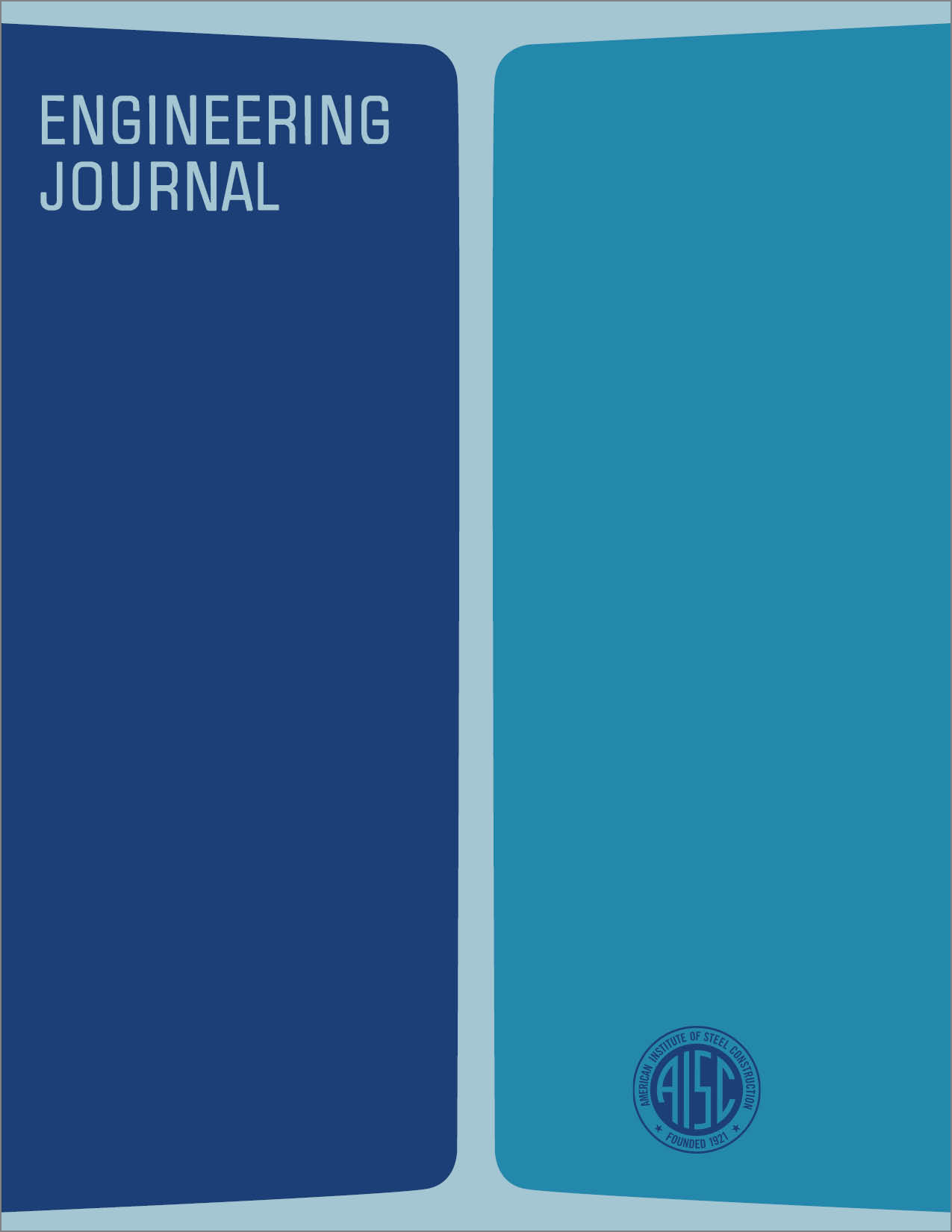Economical Steel Plate Girder Bridges
DOI:
https://doi.org/10.62913/engj.v21i2.416Abstract
As a service to the bridge design profession, Bethlehem Steel has conducted hundreds of studies of steel plate girder bridges using its Preliminary Bridge Girder Optimization Program. The program is unique because it optimizes plate girder designs on the basis of least cost, not least weight. An evaluation of many study results leads to a number of guidelines which are offered in this paper. When applied by the bridge designer, these guidelines should result in economical steel plate girder designs for continuous composite bridges with span lengths of up to approximately 200 ft (61 m), representing a majority of the bridge population. Comparisons of various parameters are made on a cost index basis. These subjects are discussed: load factor vs. working stress design, weathering steel, painted high-strength steel, number of girders in a cross section, optimum web depth and thickness, transverse vs. longitudinal web stiffeners, flanges and flange splices, plus other considerations leading to cost effective steel plate girders for bridges. In the design of steel plate girder bridges, it used to be sufficient to determine a least weight solution and develop it as a complete set of plans for competitive bidding. That was believed to be the most economical design. However, over the past several years, many improvements have been made in design and analysis methods, materials and construction techniques, obliging the designer to consider an increased number of options. Todays heightened competition due to alternate bidding practices, including contractor sponsored alternates, makes it further incumbent upon all concerned with steel bridge design and construction to always strive for the most cost-effective solution.

